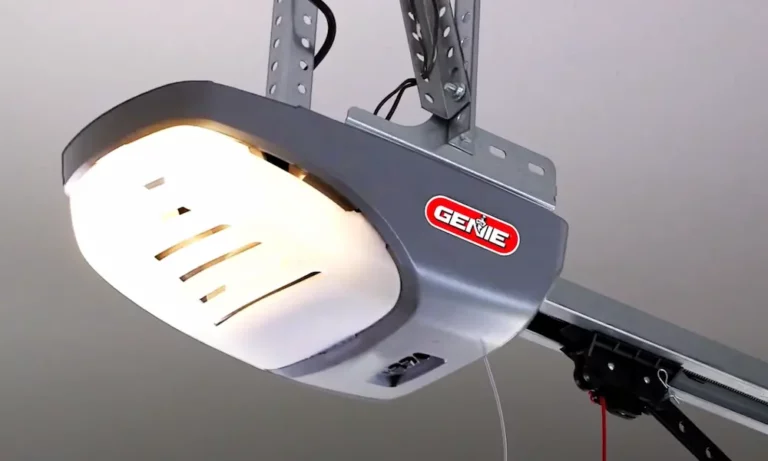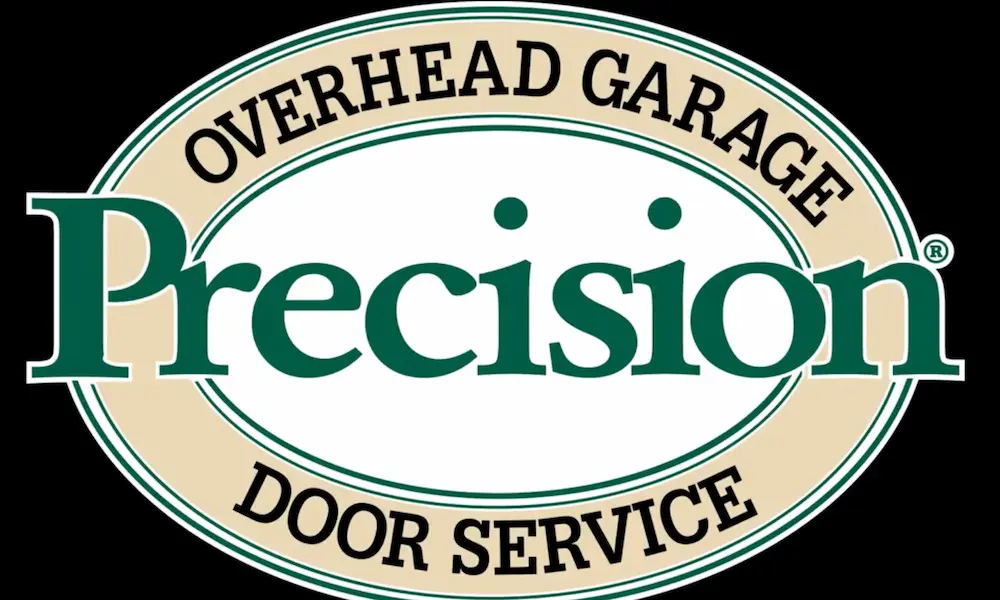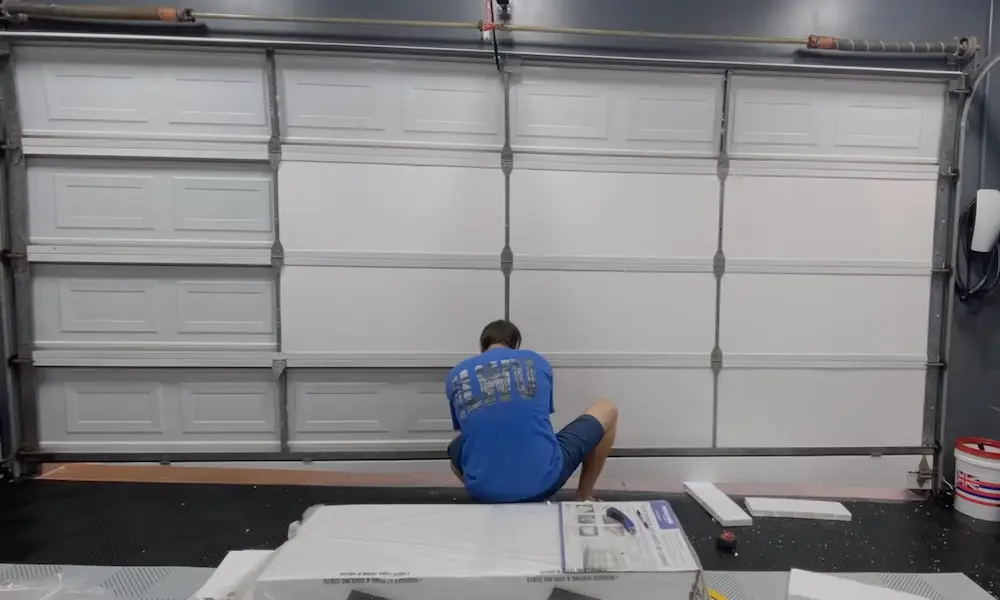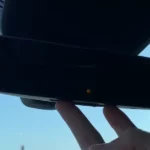Is your Genie garage door opener acting up? You’re not wasting your weekend calling a technician or emptying your wallet on unnecessary repairs. Most common Genie garage door opener problems have simple DIY solutions that even non-technical homeowners can handle.
The Dreaded Door Reversal Issue
Trying to close your garage door only to watch it bounce back up is beyond frustrating. This happens for a few key reasons:
First, check your safety sensors. Located about 6 inches from the floor on both sides of your door tracks, these sensors use an infrared beam that, when interrupted, forces the door to reverse. When working properly, you’ll see solid lights (typically red and green) on each sensor.
Quick fixes include:
- Wiping the sensor lenses with a soft cloth to remove dust and cobwebs
- Ensuring perfect alignment between sensors (even slight misalignment can cause problems)
- Removing any objects that might be blocking the beam path
- Checking for loose or damaged wiring connections
- Repositioning the red-LED sensor if you suspect sun interference
If your door hits the floor then reverses, the problem is likely with your close limit settings. This happens because your opener thinks the floor is an obstruction. Consult your user manual for instructions on adjusting these settings for your specific model.
Remote Control Not Working
There’s nothing more annoying than repeatedly clicking your remote with no response. Before assuming your opener is broken, try these simpler fixes:
First and most obvious: replace the battery. It’s amazing how often this solves the problem.
If that doesn’t work:
- Make sure your wall console operates the door. If it does, the problem is with the remote, not the opener
- Check if your remote needs reprogramming (follow instructions in your manual)
- Look for interference from LED lights near your opener, which can disrupt remote signals
- Verify the “Travel Lock” function on your wall console is in the unlocked position
For stubborn remote issues, try bringing it closer to the motor unit. If it works at close range but not from your car, interference might be the culprit, or your remote’s signal strength may be weakening.
Door Won’t Open or Close at All
When your opener seems completely dead, start with these power checks:
- Ensure the opener is securely plugged in
- Test the outlet with a lamp or phone charger to confirm it’s working
- Check your circuit breaker panel for tripped breakers
- Verify the motor unit’s disconnect switch is in the connected position
If power isn’t the issue, look at the emergency release cord. This red rope hanging from your opener’s trolley might have been accidentally pulled, disconnecting the door from the opener mechanism. Simply pull the cord toward the opener to reconnect it.
Mysterious Partial Opening or Closing
Is your door stopping halfway? This typically points to incorrectly set travel limits. Your Genie opener has adjustable settings that tell it exactly how far to move the door. When these are off, the door won’t complete its journey.
To fix this:
- Locate the limit adjustment screws on your opener (usually near the motor unit)
- Make small adjustments according to your model’s instructions
- Test after each adjustment until the door Opens and closes completely
Another common culprit is door balance issues. Try manually operating the door after disconnecting the opener (using the emergency release). If it’s heavy or difficult to move, your door springs likely need adjustment by a professional.
Noisy Operation
That grinding, scraping, or rattling isn’t just annoying – it signals mechanical issues that could worsen over time.
Common noise sources include:
| Noise Type | Likely Cause | Solution |
|---|---|---|
| Grinding | Chain/belt too tight or loose | Adjust tension according to manual |
| Rattling | Loose hardware | Tighten bolts on opener, tracks, and door |
| Squeaking | Lack of lubrication | Apply lubricant to hinges, rollers, and springs (not the chain/belt) |
| Thumping | Worn trolley | Inspect and replace if damaged |
Proper maintenance can prevent most noise issues. A twice-yearly inspection and lubrication routine works wonders.
Understanding Those Blinking Lights
Your Genie opener communicates problems through blinking LED lights near the Learn button. These diagnostic codes are incredibly helpful in pinpointing specific issues:
Red LED Indicators
- Solid light: Incomplete programming
- One blink with pause: Remote transmitter not programmed
Green LED Indicators
- One blink: Obstruction between sensors or door binding
- Two blinks: Continuous sensor obstruction or misaligned sensors
- Three blinks: Travel limits set incorrectly
- Four blinks: Wall control wires reversed or shorted
- Five blinks: Chain/belt too tight or control system failure
These codes are your best friend for diagnosing specific problems.
Opener Runs But Door Doesn’t Move
This frustrating scenario usually points to a disconnection between the opener and the door itself. The most common cause is a disengaged trolley.
Look along the rail extending from your opener to the door. You’ll see a trolley component that should be connected to the door arm. If these are separated, your opener motor will run but won’t move the door.
The fix is simple:
- Close the garage door completely
- Pull the emergency release cord toward the opener
- Manually move the door until you hear the trolley reconnect with the carriage
If that doesn’t solve it, inspect the chain or belt for damage, as well as the gear assembly inside the opener housing.
Preventing Future Genie Garage Door Problems
An ounce of prevention is worth a pound of garage door repairs. Try this simple maintenance routine:
Monthly:
- Test the door balance by disconnecting the opener and manually lifting the door halfway
- Inspect rollers and hinges for wear
- Watch and listen for unusual noises during operation
Quarterly:
- Clean and align safety sensors
- Tighten any loose hardware
- Lubricate moving parts (except plastic components and the chain/belt)
- Test auto-reverse function by placing a 2×4 flat on the floor in the door’s path
This regular maintenance will catch small issues before they become major problems.
When to Call a Professional
While many Genie garage door opener problems are DIY-fixable, some situations require expert help:
- Broken springs or cables (these are under extreme tension and can cause serious injury)
- Motor making burning smells or unusual grinding noises
- Electrical components showing visible damage
- Door significantly out of balance or alignment
- Persistent issues after trying all troubleshooting steps
Professional service typically costs $150-300, but can save you from costlier repairs down the road.
The Right Tools Make All the Difference
Having these basic tools on hand will make troubleshooting your Genie opener much easier:
- Phillips and flathead screwdrivers
- Adjustable wrench
- Step ladder
- Flashlight
- Silicon-based garage door lubricant (not WD-40)
- Soft cleaning cloths
- Multimeter (for electrical testing)
Remember that most Genie opener issues stem from simple problems: misaligned sensors, incorrect limit settings, or disconnected components. By methodically working through the troubleshooting steps above, you’ll likely solve your garage door opener problems without calling in reinforcements.
















